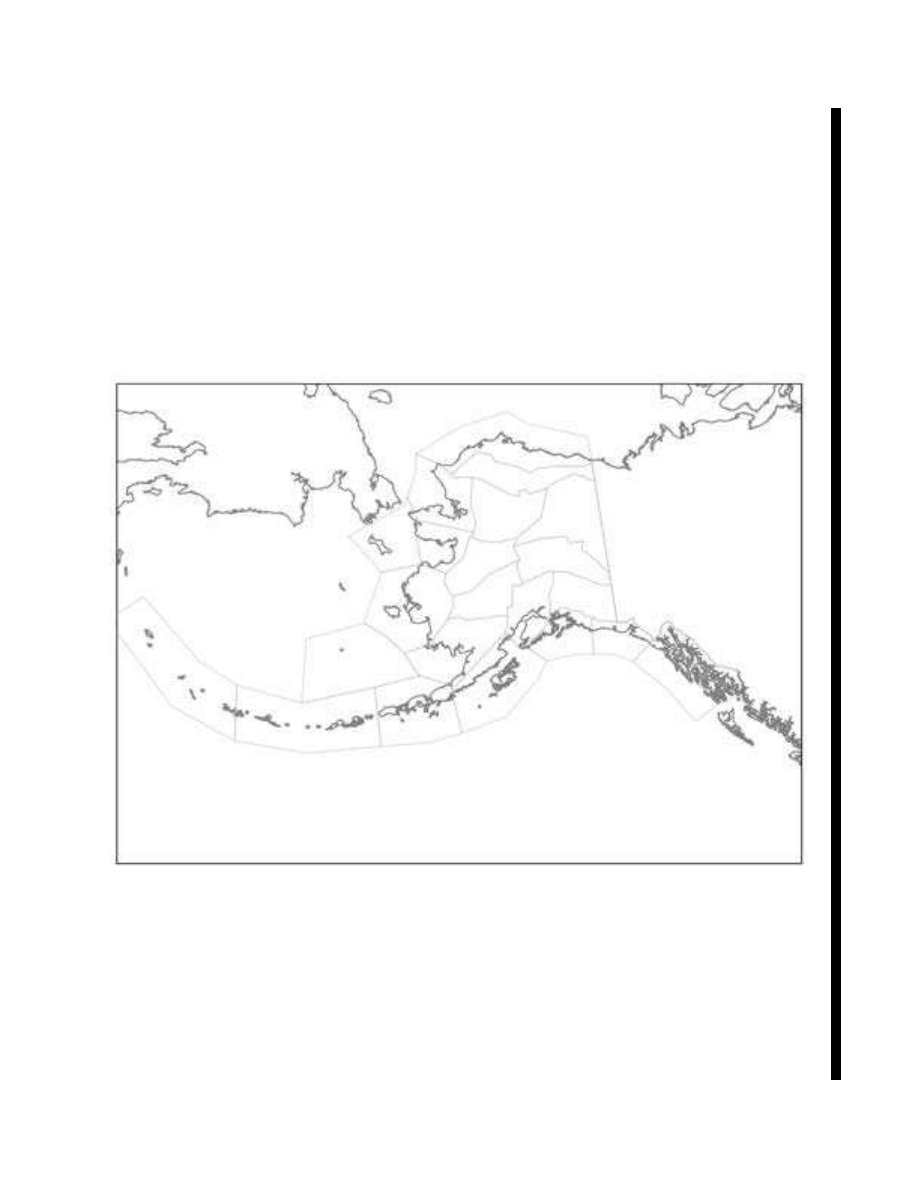
4/20/23
AIM
FIG 6
−
2
−
15
Negative (Aircraft)
Negative reply from aircraft:
Negative reply from aircraft:
NEGATIVE (NO)
NEGATIVE (NO)
Fishtail plane
Fishtail plane
FIG 6
−
2
−
16
Message received and understood (Aircraft)
Message received and understood by aircraft:
Message received and understood by aircraft:
Day or moonlight - Rocking wings
Day or moonlight - Rocking wings
Night - Green flashed from signal lamp
Night - Green flashed from signal lamp
Emergency Services Available to Pilots
6
−
2
−
15